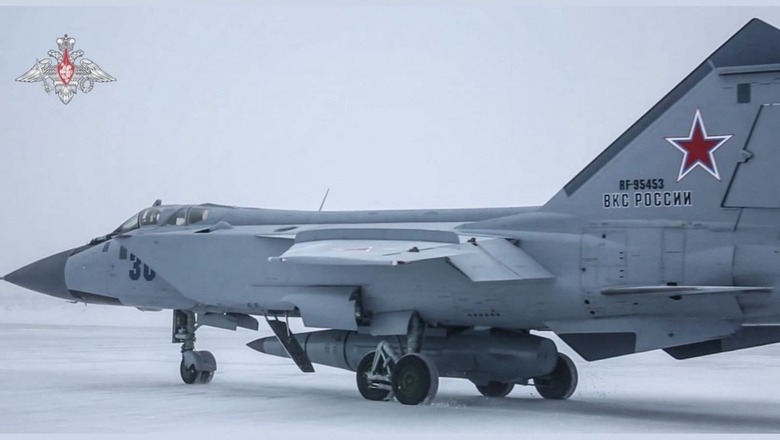
views
They can travel up to ten times faster than the speed of sound. Deliver conventional warheads more rapidly and precisely than other missiles. And can easily overcome air-defense systems. These are hypersonic missiles, the use of which Russia has admitted to for the first time.
Moscow said it used its newest Kinzhal hypersonic missiles on Saturday to destroy an underground missile and ammunition storage site in western Ukraine close to the border with NATO member Romania. Analysts said this was the first use of such weapons in the world.
Russia has never admitted to using the high-precision weapon in combat, and state news agency RIA Novosti reported that the Kinzhal (Dagger) hypersonic weapons were used for the first time during the conflict in Ukraine. Russia’s defence ministry made the announcement on Saturday, on the 24th day of the conflict, as Ukrainians are putting up fierce resistance and Russian troops’ advance has stalled.
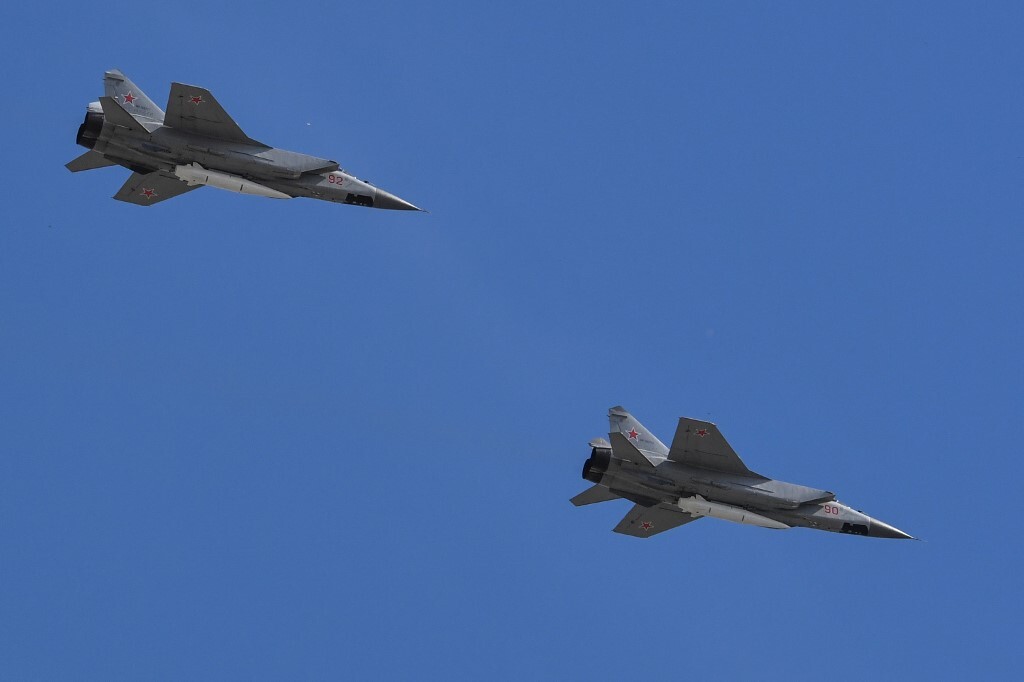
News18 takes a dive into what hypersonic missiles actually are, and what experts are saying about this development.
Can Travel 5 Times or Faster than Speed of Sound: Hypersonic missiles, which travel at Mach 5 or faster (five times the speed of sound), fly into space after launch, but then return to earth on a flight path similar to that of an aeroplane.
Difficult to Detect: Because of their low trajectory, high speed, and manoeuvrability, hypersonic missiles are difficult to detect by US missile defence satellites and radars, according to a report by CNN.
Ability to Deliver Nuclear Weapons a ‘Threat’: However, their ability to deliver nuclear weapons may increase a country’s threat, increasing the risk of a nuclear conflict. “This is the first case in the world of the use of hypersonic weapons in combat," military analyst Vasily Kashin told AFP.
Russia Leads the Race, Followed by China, US: Russia leads the race in hypersonics, followed by China and the United States, with several other countries developing the technology.
Efficient at Destroying Underground Storage Sites, Manoeuverable: Kashin, head of the Centre for Comprehensive European and International Studies at Moscow’s Higher School of Economics, said that compared to cruise missiles hypersonic weapons were more efficient at destroying underground storage sites. “A hypersonic missile can have higher penetration and destructive power due to its very high speed," he said. Like the much slower, often subsonic cruise missile, a hypersonic missile is manoeuverable, making it harder to track and defend against.
Subsonic missiles travel at a rate slower than the speed of sound. Most well-known missiles, such as the US Tomahawk cruise missile, the French Exocet, and the Indian Nirbhay, fall into this category. These travel at about Mach-0.9 (705 mph), and are slower and easier to intercept, but they continue to play a significant role in modern battlefields.
Not only are they significantly less expensive to produce because the technological challenges have already been overcome and mastered, but due to their low speed and small size, subsonic missiles provide an additional layer of strategic value, according to a report by PartYard Military company.
A supersonic missile is one that travels faster than the speed of sound (Mach 1) but not faster than Mach-3. Most supersonic missiles travel at speeds ranging from Mach-2 to Mach-3, or up to 2,300 mph. The Indian/Russian BrahMos, currently the fastest operational supersonic missile capable of speeds of around 2,100–2,300 mph, is the most well-known supersonic missile.
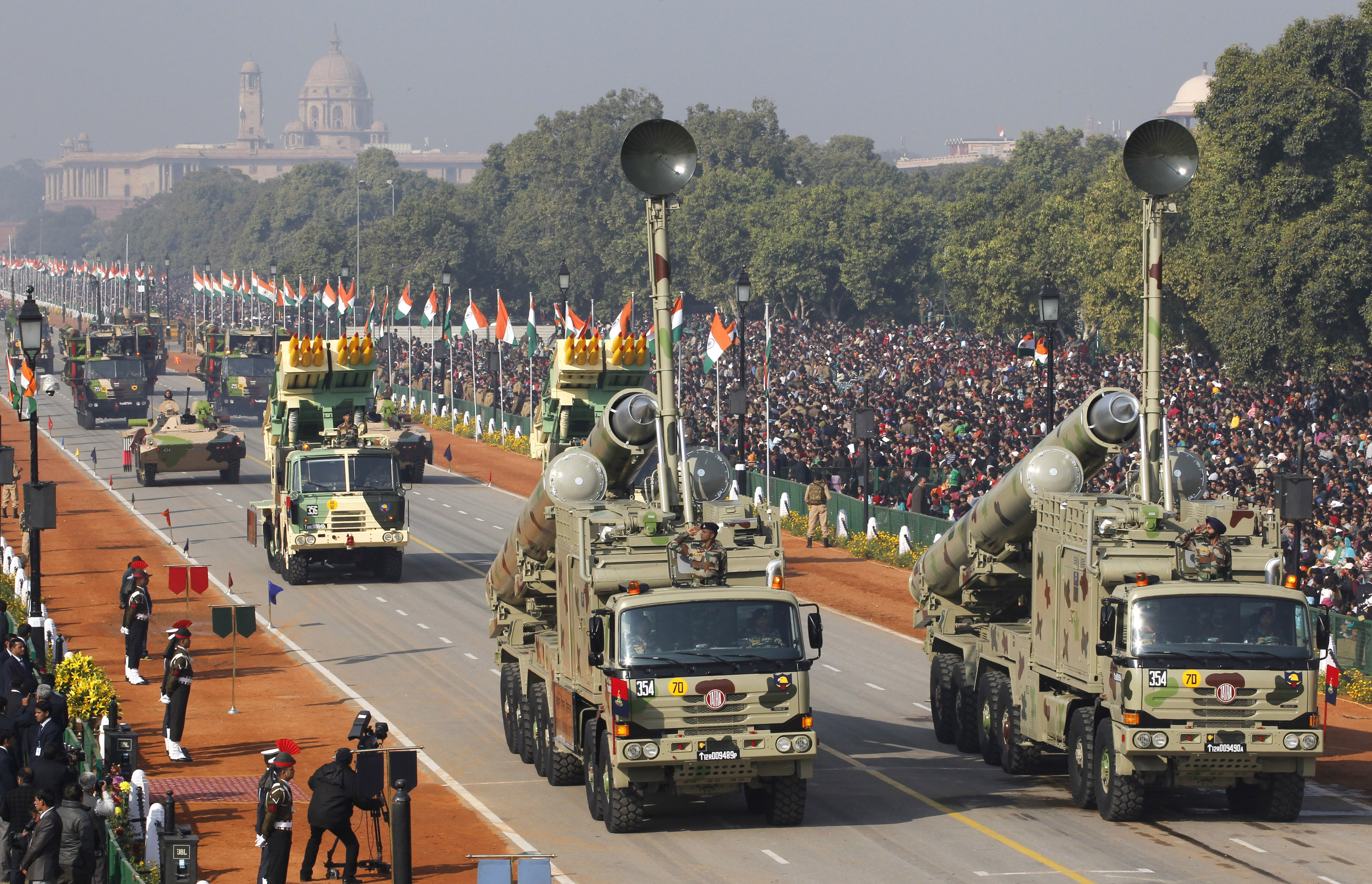
A hypersonic missile is five times faster than the speed of sound and exceeds Mach-5 (3,800 mph). There is currently no operational defence system that can prevent the use of these strategic weapons. As a result, many global powers, including the United States, Russia, India, and China, are developing hypersonic missiles. However, there are numerous technological challenges to overcome, particularly in terms of sustaining combustion inside the missile system while enduring hypersonic speed’s extreme temperatures.
Hypersonic missiles are classified into two types: hypersonic cruise missiles and hypersonic glide vehicles, the report by PartYard Military company says.
Hypersonic Cruise Missile: A hypersonic cruise missile reaches its target by using a high-speed jet engine that allows it to travel at speeds in excess of Mach-5. It is non-ballistic, in contrast to traditional Intercontinental Ballistic Missiles (ICBMs), which use gravitational forces to reach their target.
Hypersonic Glide Vehicle: In a hypersonic glide vehicle, re-entry vehicles are used, the report details. Initially, the missile is launched into space on an arching trajectory, where the warheads are released and fall at hypersonic speeds towards the atmosphere. Rather than leaving the payload at the mercy of gravitational forces, as is the case with traditional ICBMs, the warheads are attached to a glide vehicle that re-enters the atmosphere and, thanks to its aerodynamic shape, can ride the shockwaves generated by its own lift as it exceeds the speed of sound, providing enough speed to overcome existing missile defence systems. The glide vehicle surfs through the atmosphere at altitudes ranging from 40 to 100 kilometres, utilising aerodynamic forces to reach its destination.
India has been working on hypersonic missile technology for a few years and is currently trailing the United States, Russia, and China. In September 2020, DRDO successfully tested a Hypersonic Technology Demonstrated Vehicle (HSTDV) and demonstrated its hypersonic air-breathing scramjet technology.
According to reports, India has developed its own cryogenic engine and tested it in a 23-second flight. Using HSTDV, India will attempt to develop a hypersonic cruise missile.
Defence Minister Rajnath Singh has also previously encouraged scientists to work towards developing hypersonic missile technology.
Russian President Vladimir Putin has termed the Kinzhal air-launched missile “an ideal weapon" that flies at 10 times the speed of sound and can overcome air-defence systems. Kinzhal means dagger.
The Kinzhal missile was one of an array of new weapons Putin unveiled in his state-of-the-nation address in 2018.
The missile has a range of about 1,500-2,000 km and can carry a nuclear or conventional payload weighing 480 kg. The Kinzhal has an 8-metre length, a 1-metre body diameter, and a launch weight of around 4,300 kg.
Despite the fact that hype and secrecy cloud the picture, Russia, China and the US nations appear to have made significant progress in overcoming key obstacles, such as protecting hypersonic craft from savage frictional heating, a report by Richard Stone in Science explains.
China has displayed its own rocket-boosted hypersonic glide vehicle (HGV), the Dongfeng-17 earlier, and the United States is testing a number of hypersonic weapons. “It’s kind of like a race to the Moon. National pride is on the line," Iain Boyd, an aerospace engineer at the University of Colorado, Boulder is quoted as saying in the report.
In February this year, US Defense Secretary Lloyd Austin had hosted more than a dozen hypersonics industry executives as part of the Pentagon’s commitment to accelerate the development of hypersonic weapons systems, which the department considers a technology priority as it competes with China and Russia.
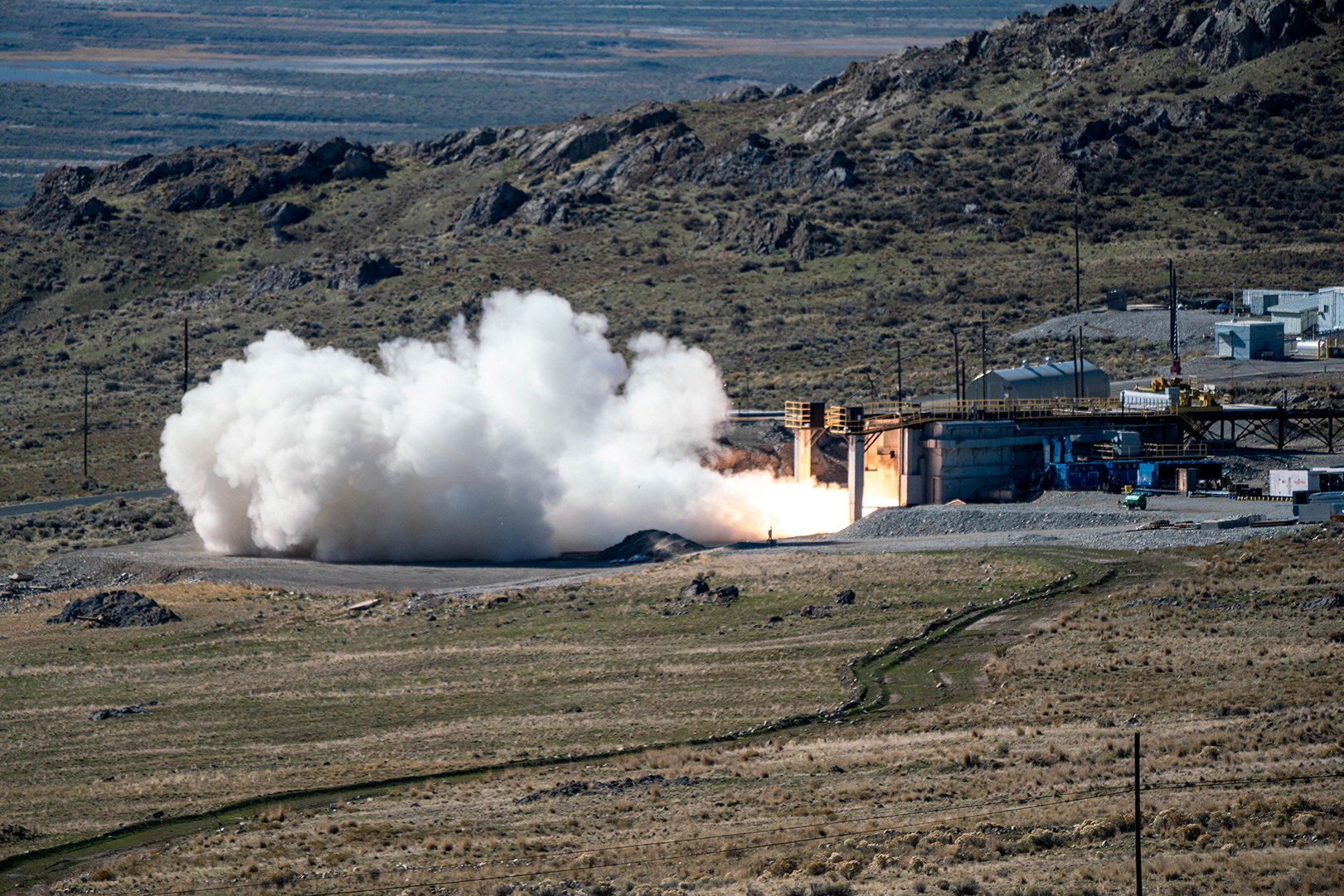
Defense Secretary Lloyd Austin, on a trip to Poland, had met with executives from the hypersonic weapons industry on Feb. 3 at the Pentagon to emphasise the United States’ commitment to accelerating the development of hypersonic weapons.
According to Politico, the meeting plans came together after the military services submitted fiscal year 2023 budget proposals that Austin deemed insufficient for speeding up the development and deployment of hypersonic weapons systems, which China and Russia have already begun, the Arms Control Association reported.
The report quotes Larry Wortzel, a senior fellow at the American Foreign Policy Council who serves on the U.S.-China Economic and Security Review Commission as saying that China’s military views hypersonic weapons (as well as cyberwarfare and electromagnetic pulse strikes) as a “assassin’s mace": a folklore term for a weapon that gives an advantage against a better-armed foe.
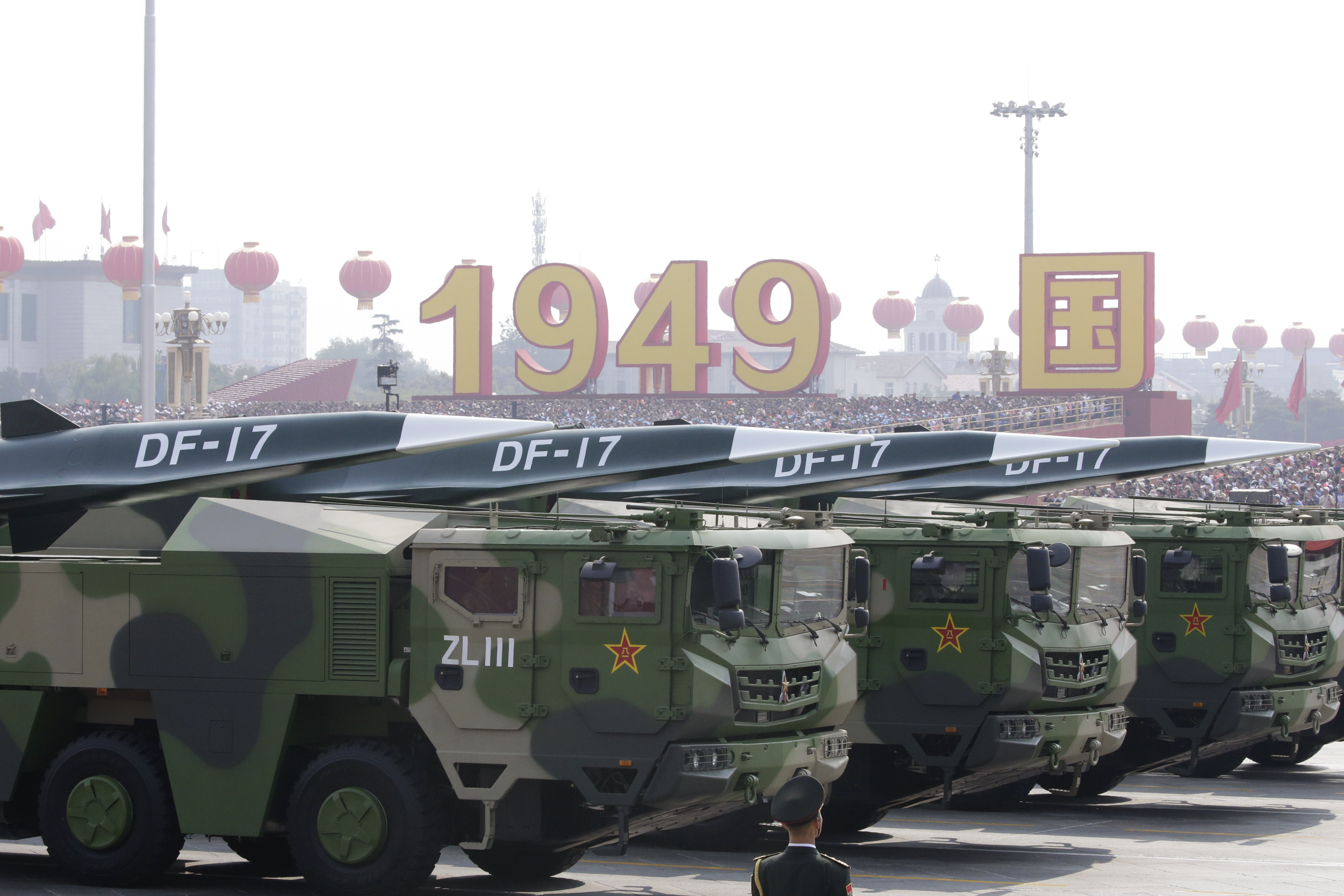
If tensions rise over Taiwan or the South China Sea, for example, China may be tempted to launch preemptive strikes with conventional hypersonic weapons, crippling US forces in the Pacific, according to Wortzel. He warns that China’s hypersonic weapons “seem deliberately aimed at upending the tenuous strategic stability that has been in place since the Cold War’s end."
Read all the Latest News India and Breaking News here


















Comments
0 comment